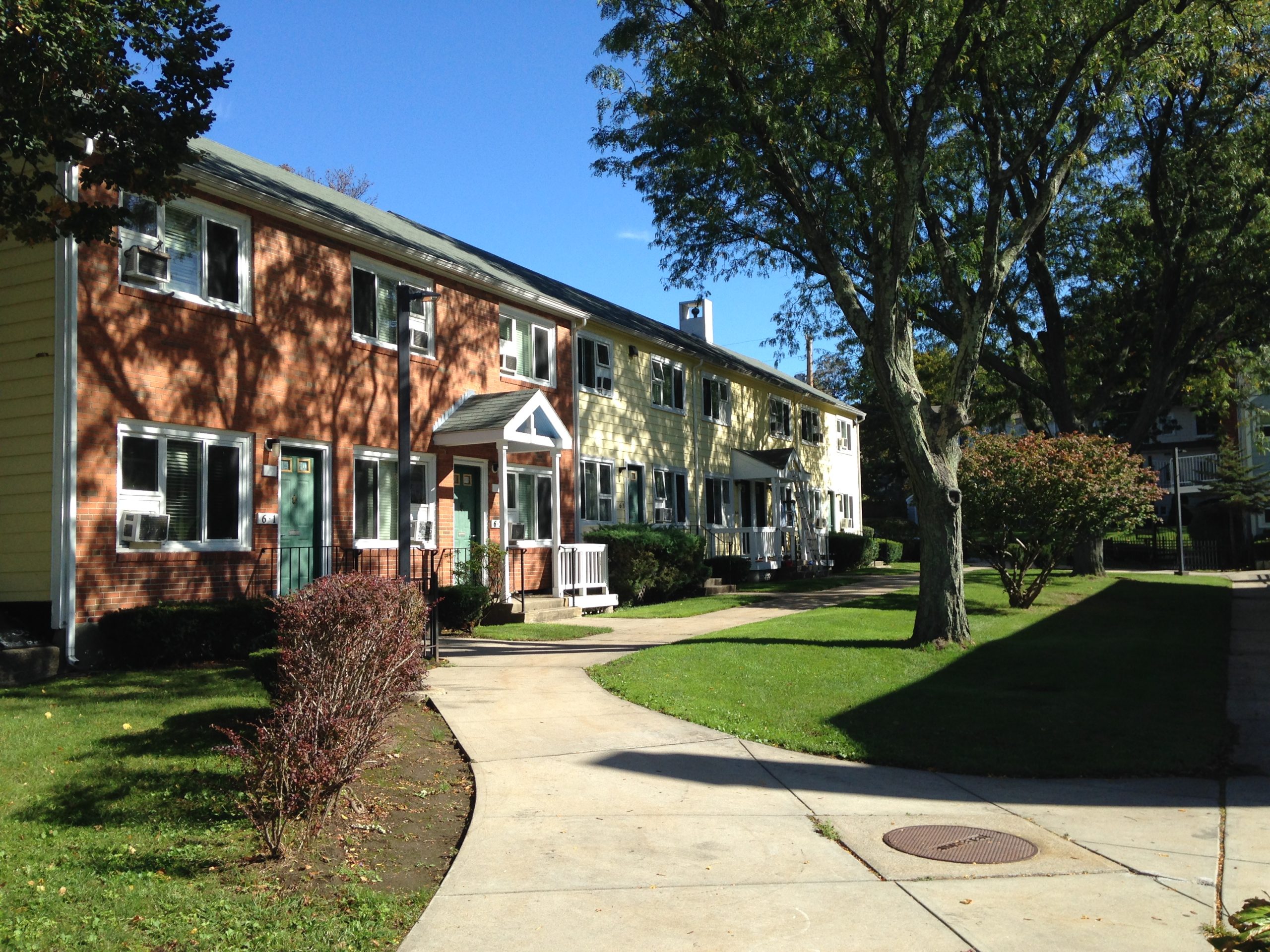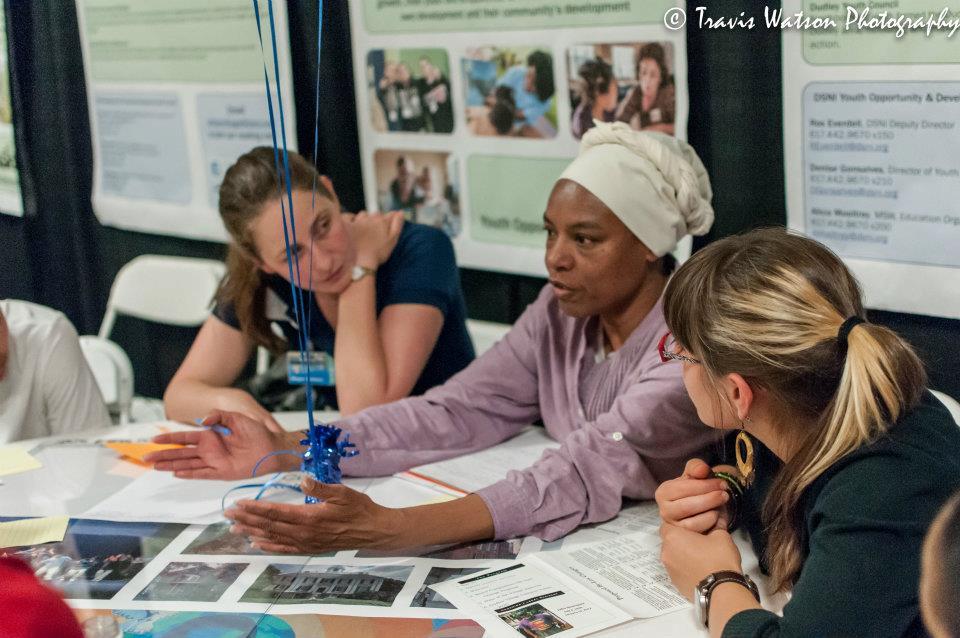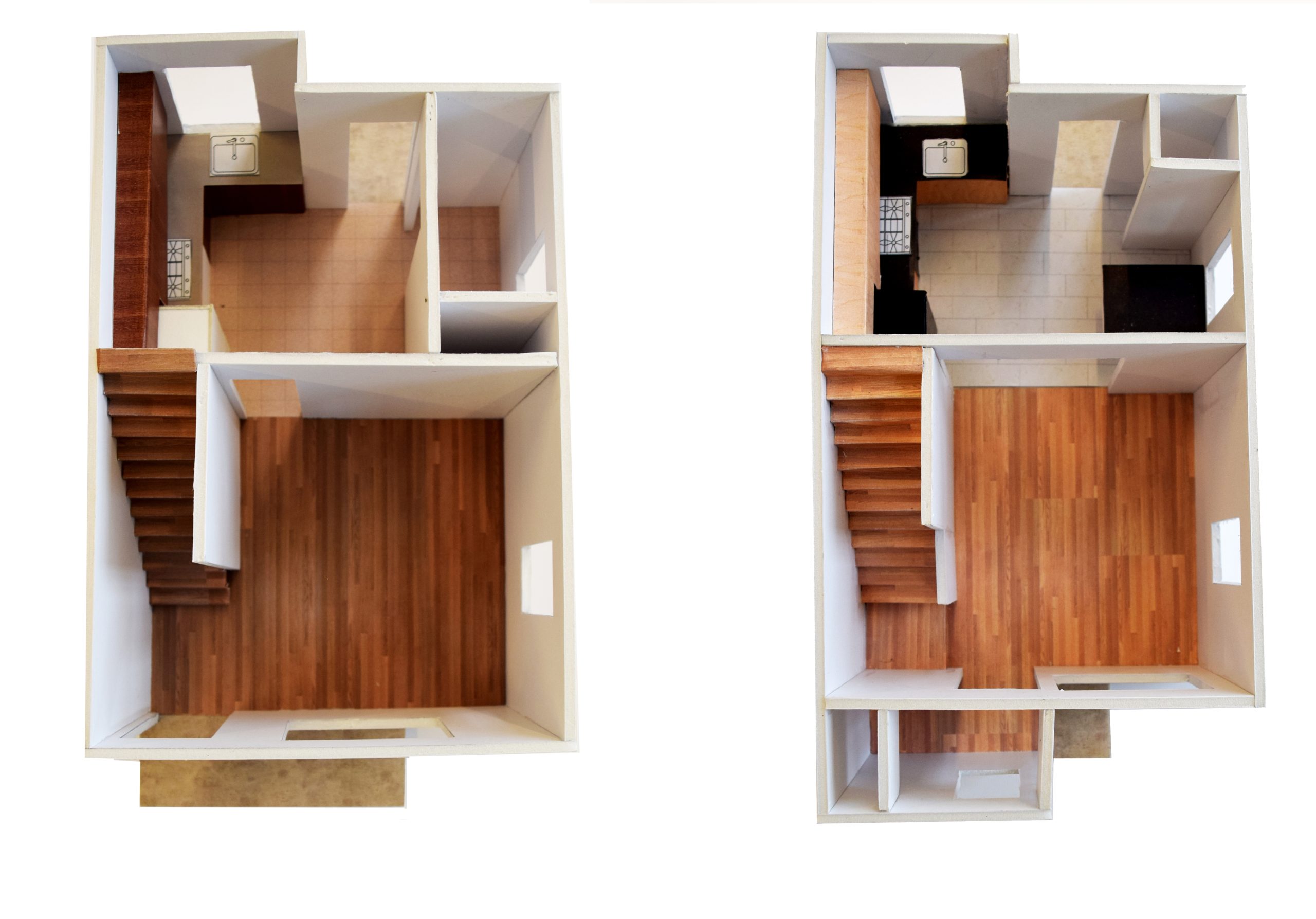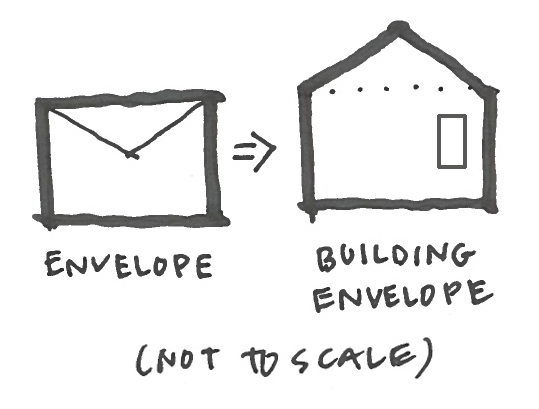

As part of an interview process for a 153-unit renovation project for the Cambridge Housing Authority, Studio G was excited to demonstrate our project experience, explain our design process, and demonstrate our skills in communication to explain technical issues related to Corcoran Park tenants. Engaging with, as well as educating, tenants and the community about our use of building science investigation and thinking during the design process is also very important.
Community engagement is a key fundamental in Studio G’s process. To facilitate tenant/community feedback, we proposed to host a ‘World Café’ with the assistance of Rashmi Ramaswami of SHED Studio. Participants will sit at different tables throughout the café where they have an opportunity to share their interests and concerns on a specific topic. Participants rotate through various topics during the event. This allows for lively discussions and very valuable feedback to be considered throughout the project.

Another key fundamental is educating the community and tenants on the project’s design. Instead of relying on visualization by individuals from 2D drawings, for the interview Studio G created two 3D models. One showed a model apartment’s existing layout while the other showed a new design complete with finishes and a proposed modified layout. Accompanied by sample boards with colors, patterns, and materials we conveyed to residents the design potential of their residences.

In our interview, we introduced two building science topics with visual aids.
First, we introduced building envelope, an unfamiliar term to most people. To illustrate this concept, we devised the following diagram of something everyone can identify, a paper envelope.

Just like a paper envelope encloses its contents, a building envelope encloses all that is inside the building and protects it from exterior elements. The building envelope is a key component of the Corcoran Park renovation to provide a comfortable living environment for the residents. It keeps in heat in the winter and cool in in the summer. Using our infrared heat camera, we revealed that the existing units are experiencing significant heat loss which is like throwing money out the door, increasing the utility bills for residents and wasting valuable energy.

The second building science term for Corcoran Park residents and community members to understand was thermal bridging. This occurs when something with a higher conductivity than the materials around it is continuous from outside to inside acts as a bridge for hot or cold air to move into and out of the building. This commonly occurs at balconies, foundations, and exposed structures. We explained this term by asking them to imagine lying in bed under a comforter. You get too hot, and when you thrown your arm or leg from under the comforter it becomes a thermal bridge, allowing the air outside of the comforter to cool your arm or leg and therefore your whole body.

This everyday example is beneficial to us, but in buildings it leads to potentially wasted energy and money, and potentially a build up of condensation where you don’t want it. So, how do we avoid thermal bridging in buildings? By using continuous insulation and carefully detailing all building components, many, if not all, instances of thermal bridging can be eliminated which is what our team is proposing in the renovation design.
Our presentation to Corcoran Park tenants is an example how Studio G plans to combine the tenants’ interests and needs with our technical experience to save energy and money, improve comfort, and realize a better housing development for the residents. We look forward to working with the Cambridge Housing Authority, the tenants of Corcoran Park, and the community on this ambitious renovation project.